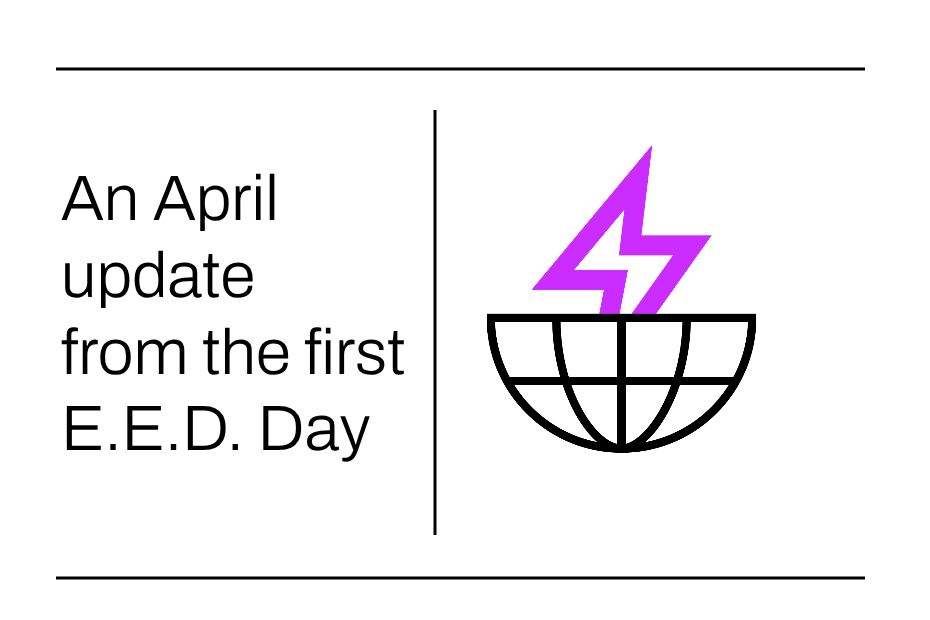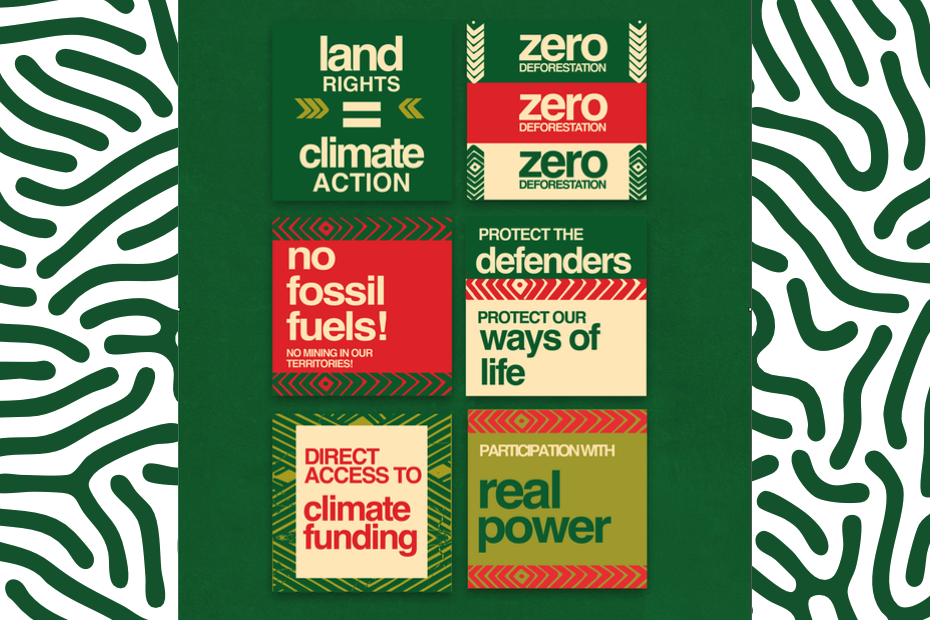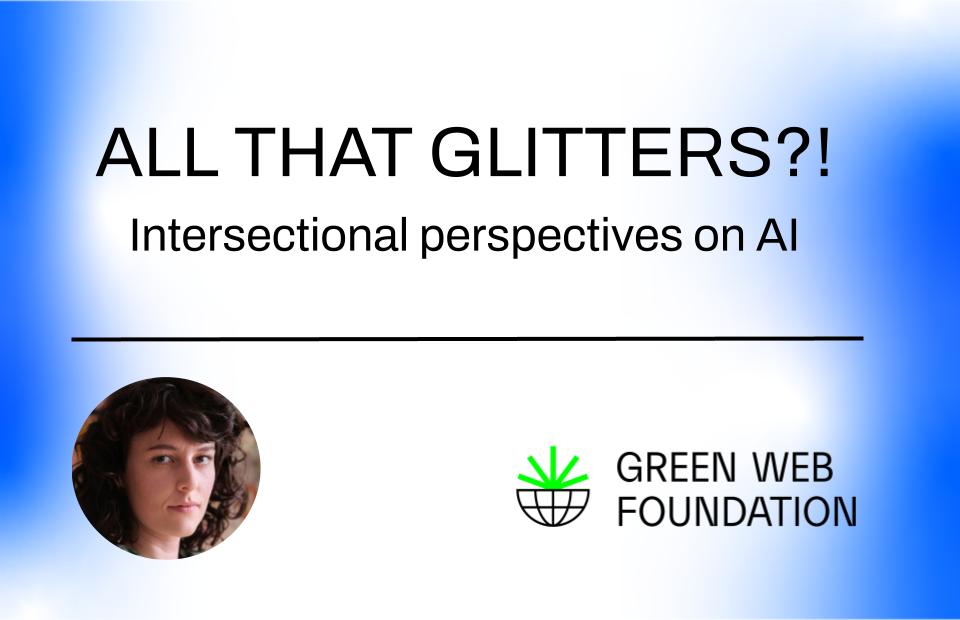Last year, we wrote about a new law in Europe, called the Energy Efficiency Directive (the E.E.D), that if done right would bring about an unprecedented level of transparency in the technology sector in terms of resource usage, and how quickly we see a transition to cleaner forms of energy taking place. There was a deadline on Sept 15th 2024 for both public disclosure to the world, and for private disclosure that would inform policy making around how we decarbonise the industry.
So, have we learned anything new yet? Read on to find out.
First of all, why do we care about this E.E.D. thing?
As mentioned before, if you care about a fossil-free internet being reachable by 2030, it helps to understand how the decarbonisation of existing datacentres might be going, and how quickly the total amount of energy to make fossil free is changing.
As a recap, this is the high level summary of the information what was required:
every single organisation in Europe operating a datacentre of more than 500 KW to publicly disclose a set of data, including:
- how much electricity they used in the last year
- how much power came from renewable sources, and how much of this relied on the company buying increasingly controversial ‘unbundled’ renewable energy credits
- how much water they used
- and many more datapoints in this official document, covered in more detail than you ever thought you wanted to know
For companies that felt this was too sensitive to disclose, they could opt out of public disclosure and disclose privately to a regulatory body, who would then pass that to the European Commission to create an evidence base for informing future policy.
Later in 2025 a dataset derived from these disclosures would be published into the public domain, with commercially sensitive information redacted.
So, what kind of disclosure did we see?
This turns out to be a surprisingly difficult question to answer. Let’s try addressing this question in two parts.
Public disclosures
To understand what kind of public disclosure of the data listed in the EED took place, you need to know where to look to see if public disclosure actually took place. If you don’t know that, and if the data isn’t discoverable, then public disclosure and public non-disclosure are functionally the same for anyone who doesn’t already have access to the data.
Right now, this means it’s very difficult to see who disclosed and who didn’t. If they did disclose any data, it’s similarly hard to tell how complete it was, because to you need to know where on a website it might be.
This is partly the problem we are trying to solve with carbon.txt – if you want disclosed data to be used, you need to make it discoverable. You can learn more about the carbon.txt project on our recently refreshed site.
How about private disclosures?
Even if data wasn’t made publicly available and easy to find on a company’s own website, a company still needed to disclose privately. They needed to share the information to the corresponding regulator of the European country that a datacenter was sited in. This body would then pass it to a centralised agency within the European Commission. This process would happen for every country in the European Union – so 27 countries needed to share the data about the datacentres on their soil to a single body who could then process the data.
A few weeks back we had our first glimpse of this data, in the second of a set of workshops for an ongoing study commissioned by the er… European Commission, called the European Union Data Centre Energy Efficiency Assessment and Reporting Scheme (EUDCEAR).
It’s really important to understand that this is preliminary data, and that it represents a snapshot in time, as of the date of the second EUDCEAR workshop – March 31st 2025. These are all taken from slides shared with workshop attendees, which you can view for yourself. As we’ve mentioned before, we’re members of the Green Software Foundation Real Time Cloud working group, so we’ve shared it there because it’s complementary to the goal of creating useful regional data about how clean the energy is for different parts of the internet.
It’s likely that there have been updates to the data since, particularly since this is likely to be a key dataset used as the basis for policy making about decarbonising the tech sector in Europe.
Please keep this caveat about data being subject to change in mind when reading the post.
With that caveat though out of the way, is there anything interesting we’ve learned so far?
Update: We’ve since learned that all the workshop slide decks are now available on the Borderstep Institute website, in their special EUDCEAR section. Huzzah!
Takeaways from the first glimpse of EED data
Less than ideal levels of participation
One of the first things that leapt out when the findings we presented was the take-up of the scheme itself at the time of presentation.
The chart you can see below shows the rough estimate of datacentres above the scale of a 500 KW of electrical power draw1, in each country in Europe, vs the number that actually reported. The grey line shows the estimate number of data centres in a country, and the yellow line shows the number that actually reported in the country.
What does this tell us?
The best performing country in terms of reporting was France, with around half of all datacentres disclosing the required data. Around 120 datacentres reported in this country, and this made up around a third of all the submissions in the dataset. France is the second largest economy in Europe, and is also second place in terms of total number of datacentres too.
There are some substantial gaps in the data though. Germany and the Netherlands, make up the largest and third largest economies in Europe respectively, and have the largest and third largest fleet of datacentres too.
As of 30th April, there is no data in the public domain, even in redacted, aggregated form about Germany, and the best we have for now for the Netherlands is a list of 37 submissions on a Dutch government website, with most information redacted.
We also have no information about Ireland either, which may be a smaller country, but it is also where around 20% of all electricity is used by datacentres, and proportionally where we have seen the fastest growth.
As we’ve said before, we are aware that this is preliminary data, but with such low participation from the countries from the countries that did report, and so many countries not reporting at all, particularly in key regions, you really have to hope that any policy decisions end up being made on a more complete dataset.
Decent coverage for onsite generation, renewable power
It’s not all bad news though.
From the perspective of a nonprofit that cares about a fossil-free internet, where data was reported there does appear to be coverage of the datapoints you might care about if you wanted to understand fossil fuel usage.
Things like backup energy used (i.e. diesel, on-site natural gas), location (helpful for working out the local grid mix) and renewable energy usage (including onsite energy, claims based on certificates, and from power purchase agreements) all had pretty high coverage.
Assuming we have meaningful participation by datacentres (and remember, this is supposed to be a mandatory thing in Europe…), and that these figures are available at a useful level of aggregation (like on a per country basis for example), then this ought to provide a lot more transparency in terms of which parts of Europe are on track to reach a fossil free internet, and which ones need more help getting there.
There was one particularly interesting thing though – the beginnings of a European wide labelling scheme for datacentres presented in the workshop.
Creating a labelling scheme for datacentres
There’s a lot to unpack in the screenshot below, and again, this is not a final label by any means, but it does give an idea of what a label for a datacentre include in future in Europe. What you see below based on not just what is currently collected in the EED, but a few new additions suggested in the workshop.
For energy, we a see breakdown of power used to run the datacentre, breaking out grid power, onsite diesel, power purchase agreement, and ‘granular’ energy certificates . We also see information about the water and energy efficiency. We also see information about how much of a ‘good neighbour’ a datacentre is in terms of integrating with the rest of the grid it is connected to, and more.
Where next?
The next submission date for EED data (i.e. the next EED day) is May 15th, and there is another EUDCEAR workshop on May 5th, where data quality and completion is on the agenda.
This means there is time to see if there was any meaningful improvement on the first set of disclosures before the second reporting deadline, and if the picture about Europe’s progress towards a fossil free internet is any clearer than before.
When we know more, we’ll share more.
- This is about 100-200 racks of conventional servers, or in some cases 1-2 racks of extra dense AI accellerated servers (!). It’s also comparable to around 1000 average European family homes. ↩︎



